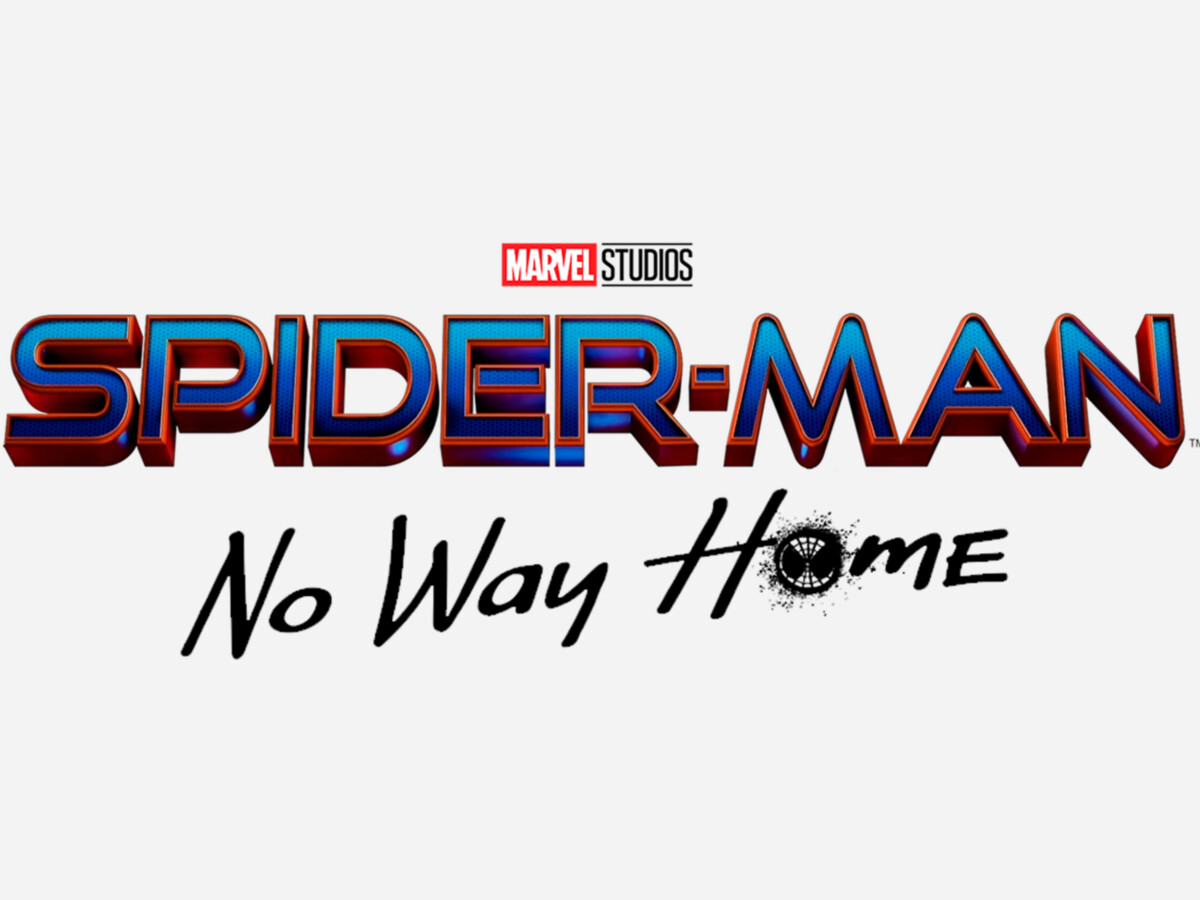Image

As a character, Spider-Man has had a bit of a checkered history at the box office. Sam Raimi’s trilogy started the character off strong with two of what are considered to be among the best superhero movies ever made, before deteriorating in 2007’s Spider-Man 3. It was then rebooted with The Amazing Spider-Man in 2012 and, following the critical failure of The Amazing Spider-Man 2, was rebooted yet again in 2016 with Tom Holland’s debut in Captain America: Civil War as part of a coproduction deal between Marvel Studios and Sony which integrated the character into the Marvel Cinematic Universe.
Each iteration had its dissenting opinions. Raimi’s trilogy was criticized because Tobey Maguire looked much older than he was supposed to be playing and his rendition of Spider-Man did not have the quick wit and quippy nature that the character was known for. Webb’s duology was criticized for Andrew Garfield playing Spider-Man properly, but his Peter Parker felt off. At the same time, that duology felt more interested in building the world up to a Sinister Six crossover movie (since cancelled) than building movies that were fun to watch. Watts’s movies under Marvel Studios were criticized for being too dependent on the rest of the universe at large (namely Peter Parker’s relationship to Tony Stark being the focal point of two solo movies) without allowing for him to develop as his own character.
Spider-Man: No Way Home acts as a kind of narrative zero issue to what will be going on in both the Marvel Cinematic Universe and what will be happening with Spider-Man as a character going forward. Unlike other entries this year that attempt to do the same thing (Loki and What If…?), this does not feel like a waste of time to watch because the underlying narrative of the entry is interesting enough to stand alone. The narrative conundrum of this movie is that Peter Parker messed up a spell that would make everyone forget he is Spider-Man. As a result, a bunch of villains from alternate universes (past movies) start showing up including Green Goblin (Willem Dafoe), Doc Ock (Alfred Molina), Sandman (Thomas Haden Church), Lizard (Rhys Ifans), and Electro (Jamie Foxx). Spider-Man could send them back to their native universes but most of them are doomed to die if they go back so he is faced with the moral dilemma over whether he should do that to them.
Rather than basking in the glow of the returning cast members and simply hitching itself to those coattails, Spider-Man: No Way Home puts everything on the line. No narrative stone is unturned, no visual idea for a fight is left on the drawing board and no line of dialogue is left on the cutting room floor. A sequel is not guaranteed (at the time of production, there are three more in development) so it is best to put it all out there and let the audience see it all. This is particularly true of the sequences involving Doctor Strange who, yet again, has some of the most impressive fights, including a mirror dimension face-off with Spider-Man and a sequence where he has to hold the fabric of reality together as it threatens to tear itself apart.
It is a strange situation to review a movie without discussing the major spoilers of the movie, especially when one takes into consideration how much of the movie veers into spoiler territory. This is a movie that, if possible, one should try to go into as blind as possible. As such, this is a film that should be seen as quickly as possible in theaters. Not just should it be seen in theaters; it should be seen on as big of a screen as possible because the visuals of the movie do not disappoint. The secrets of the movie are part of what make it work so well, however at the same time had they not been there, it still would have been just as good.
Final rating: 8.5/10